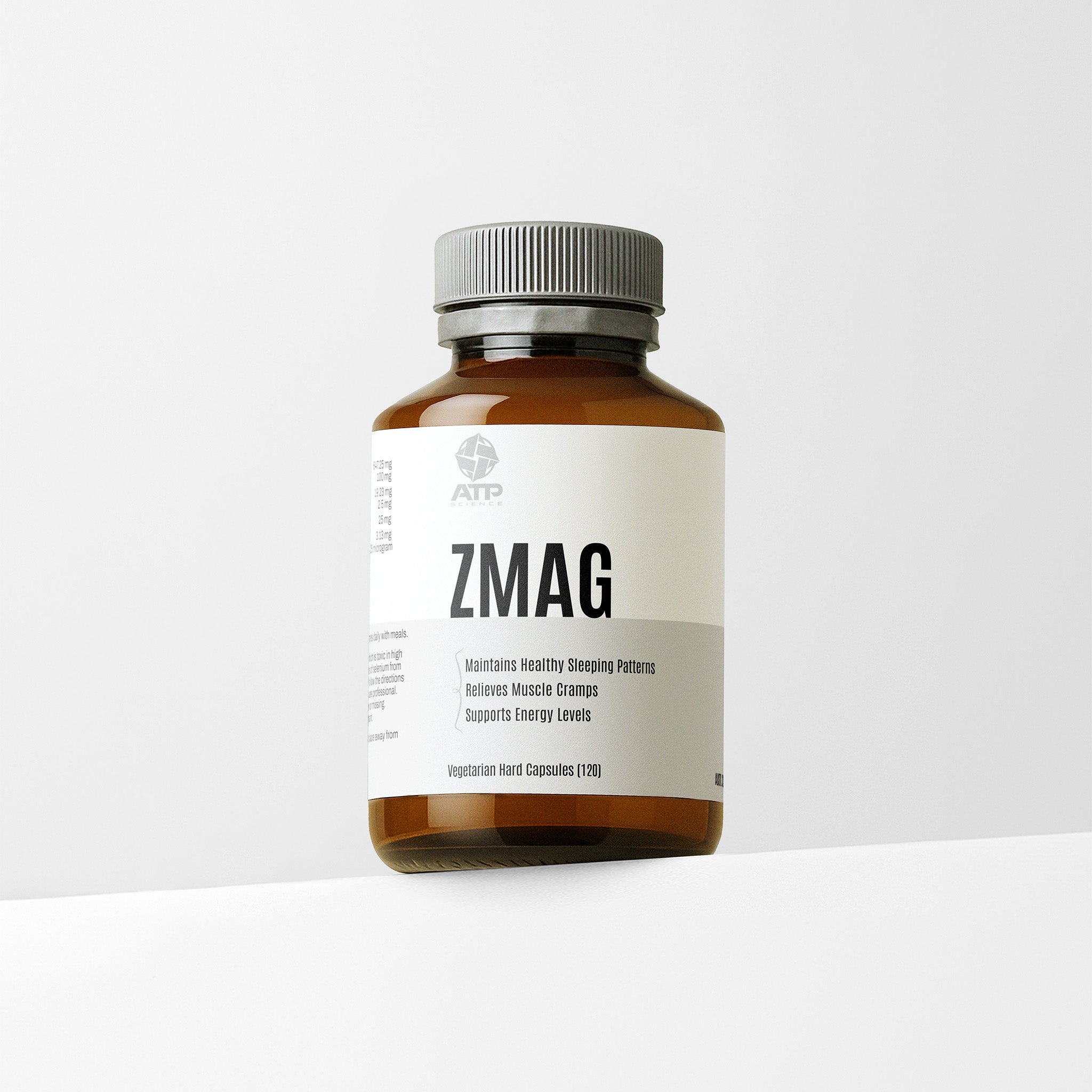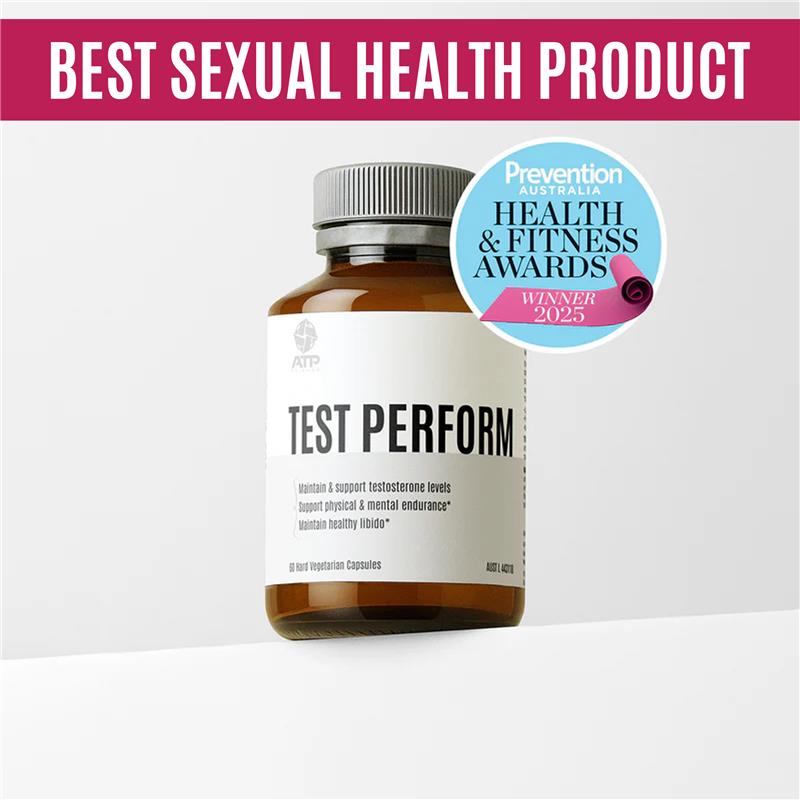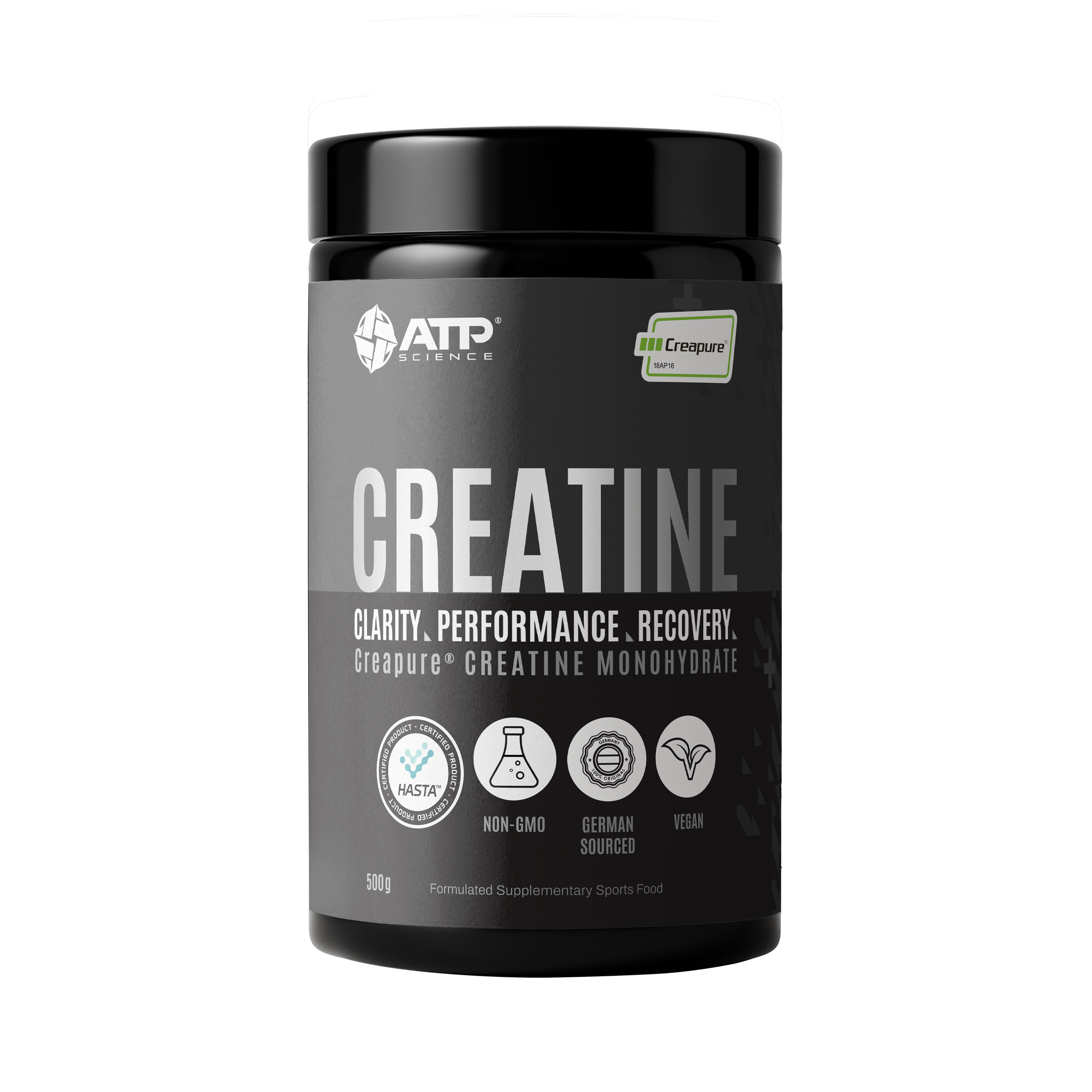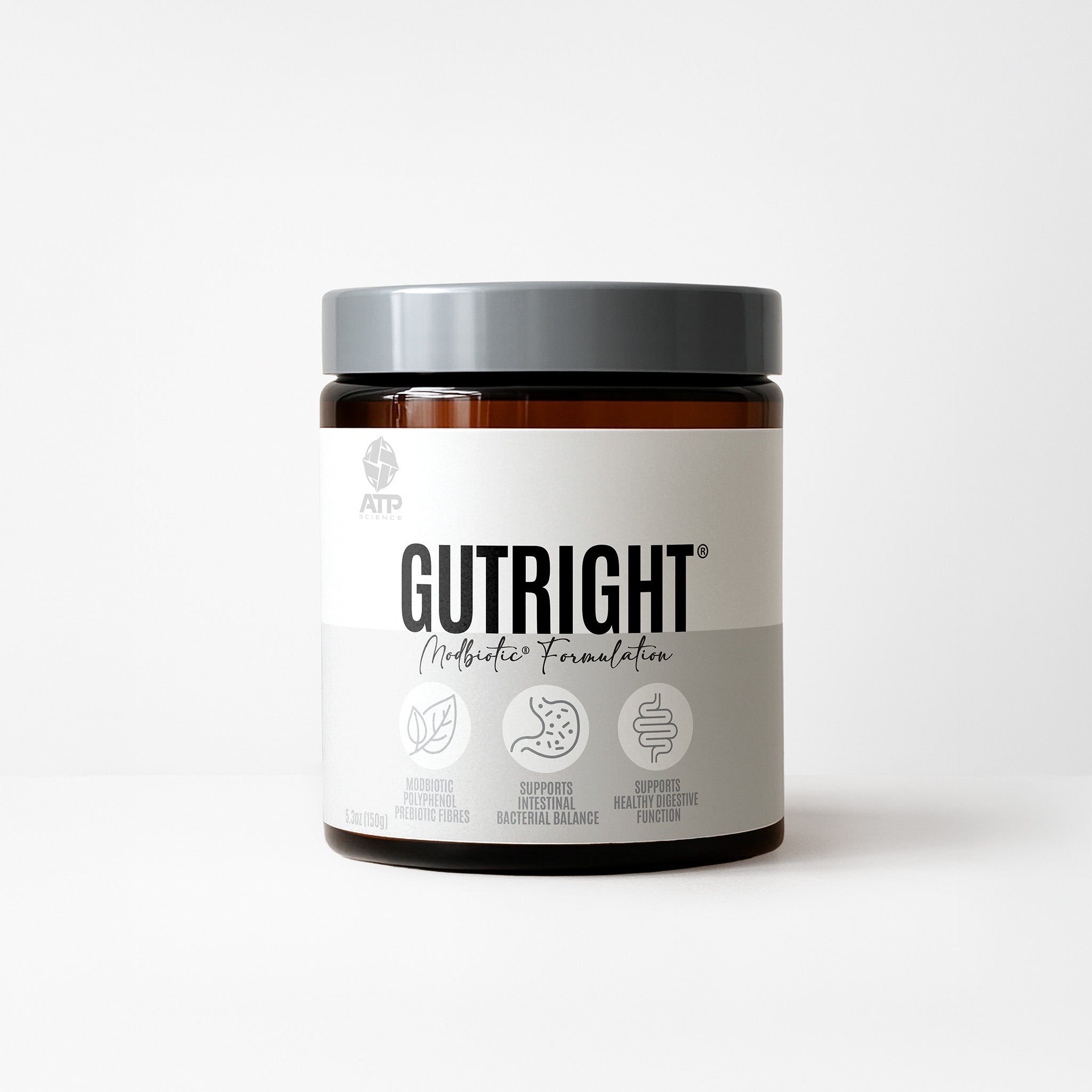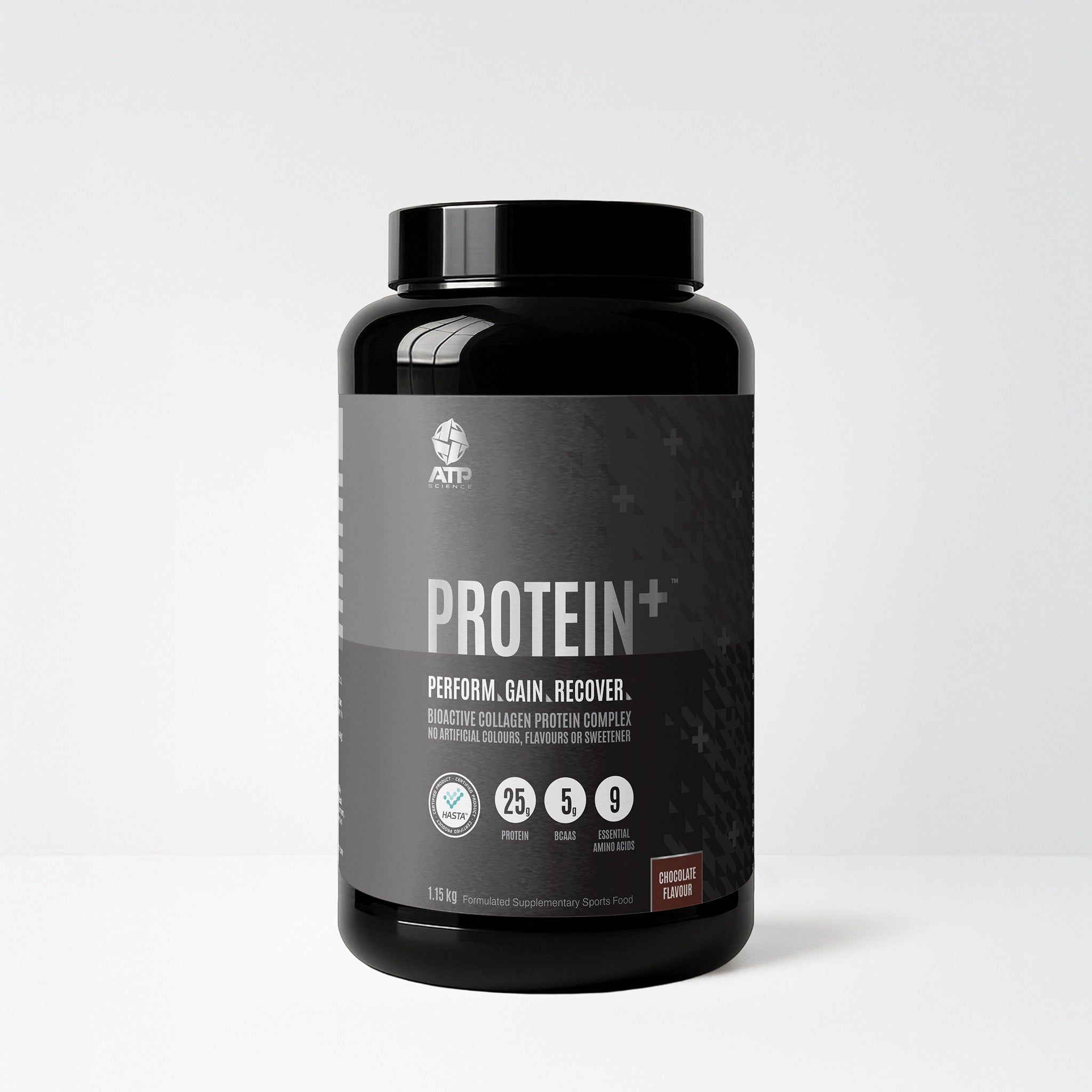DIM - Diindolylmethane is an androgen antagonist!
DIM blocks the effects of testosterone. Higher doses (greater than 100mg) of isolated pure DIM can saturate tissues and block androgen (e.g. testosterone and dihydrotestosterone) receptors and inhibit the protein synthesis induced by the anabolic effects of androgens. This is one of the ways DIM can help in cases of prostate cancer; the other way is by inhibiting mTOR pathways that lead to cell growth and division but we will discuss mTOR in greater detail later when we discuss muscle hypertrophy.
Dim - Diindolylmethane is an anti-estrogen
The discovery of DIM stems from research on the anticancer potential of a diet high in cruciferous brassica vegetables such as broccoli, broccoli sprouts, radishes, pak Choy, kale, brussels sprouts and cabbages.
These foods contain a multitude of beneficial phytonutrients, activated vitamins, and cofactors in particular glucosinolates. Glucoraphanin is a stable plant glucosinolate that is converted to the active isothiocyanate, sulforaphane by an enzyme known as myrosinase. Broccoli also contains glucobrassicin, the glucosinolate precursor of indole-3-carbinol (I3C), and subsequently Diindolylmethane (DIM).
Indole-3-carbinol was studied extensively and found to be effective and beneficial for cancers but was shown to be very unstable. DIM was found to be more stable and more suitable for use in supplements.
Low Doses of DIM
Very low doses of DIM (less than 100mg daily) in combination with other sulforaphane's and necessary cofactors folate and B12 as found in nature can help alter estrogen detoxification pathways in the gut and liver and improve the 2:16 alpha hydroxyl estrone ratios to reduce excessive estrogen activity.
The research on DIM for this purpose is not adequate, with small groups and short durations, and is far from convincing. The lack of effect may possibly be due to the need for the other glucosinolates compounds and the cofactors methylated folate and vitamin B12, which are necessary for this pathway.
DIM- Diindolylmethane is a phytoestrogen
In estrogen deficit, DIM increases estrogen activity. Phytoestrogens work to maintain a certain amount of hormonal activity. When testosterone is adequate or high and estrogen is relatively low as seen in males, menopause, andropause, PCOS, “metabolic damage” post comp and in female athletes with low body fat and low estrogen levels; DIM will bind and activate estrogen receptors to increase estrogen activity while blocking the androgen receptors to decrease testosterone activity.
Diindolylmethane blocks mTOR
Higher doses of DIM act systemically to block anabolic androgens and mTOR pathways. mTOR is necessary for cell growth and for this mechanism DIM is currently being researched as a potential tool for reducing the growth of cancer and tumors; this research is still a long way from being able to make any solid anti-cancer claims for DIM. However, it is important for athletes using DIM as part of a muscle-building campaign to know that mTOR is the main anabolic pathway necessary for muscle hypertrophy and DIM will also block mTOR stimulation of cell growth.
Summary
- DIM is a testosterone blocker and not an estrogen blocker
- DIM is a phytoestrogen and not an anti-Estrogen
- DIM blocks mTOR and subsequently inhibits the growth
- Very low doses of DIM as found as a component of foods with the necessary cofactors works in the gut and liver to manipulate estrogen detox and support healthy estrogen metabolite ratios to prevent estrogen dominance
- DIM is commonly prescribed by healthcare professionals to aid in the treatment of testosterone-induced cancers and other disorders of excessive testosterone such as PCOS, hirsutism, acne
Recommended reading:
- William Weiben Zhanga, *, Zhenqing Fengb, Steven A Narodc. Multiple therapeutic and preventive effects of 3,39-diindolylmethane on cancers including prostate cancer and high grade prostatic intraepithelial neoplasia. The Journal of Biomedical Research, 2014, 28(5):339-348 Invited Review
- Le HT, et al. Plant-derived 3,3’-diindolylmethane is a strong androgen antagonist in human prostate cancer cells. J Biol Chem. 2003 Jun 6;278(23):21136-45
- Hwang C et al. Anti-androgenic activity of absorption-enhanced 3,3’-diindolylmethane in prostatectomy patients. Am J Transl Res. 2016 Jan 15;8(1):166-76
- Wong CP et al. Effects of sulforaphane and 3,3’-diindolylmethane on genome-wide promoter methylation in normal prostate epithelial cells and prostate cancer cells. Plosone, January 2014;9(1):1-13
- Chen L, et al. Endocrine disruption throughout the hypothalamus-pituitary-gonadal-liver axis in marine medaka (oryzias melestigma) chronically exposed to the antifouling and chemopreventive agent, 3’,3’-diindolylmethane (DIM). Chem Res Toxicol. 2016 Jun 20;29(6):1020-8
- Margues M, et al. Low levels of 3,3’-diindolylmethane activate estrogen receptor alpha and induce proliferation of breast cancer cells in the absence of estradiol.BMC Cancer.2014 Jul 21;14:524
- Tan HK, et al. The mTOR signalling pathway in cancer and the potential mTOR inhibitory activities of natural phytochemicals.Asian Pac J Cancer Prev, 2014;15(16):6463-75







